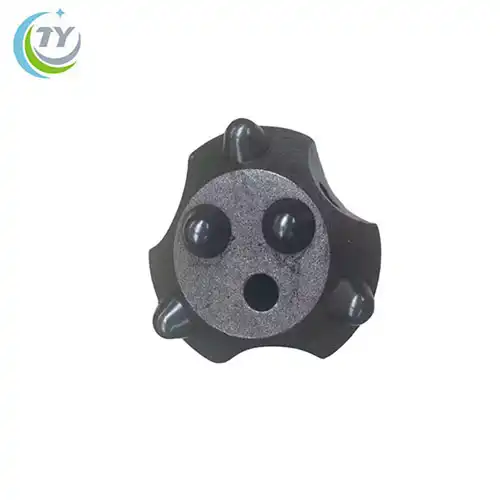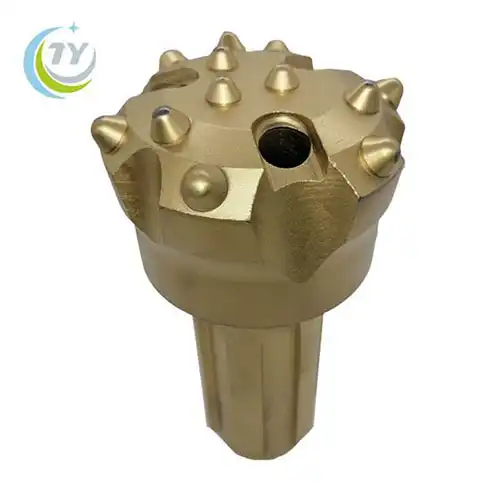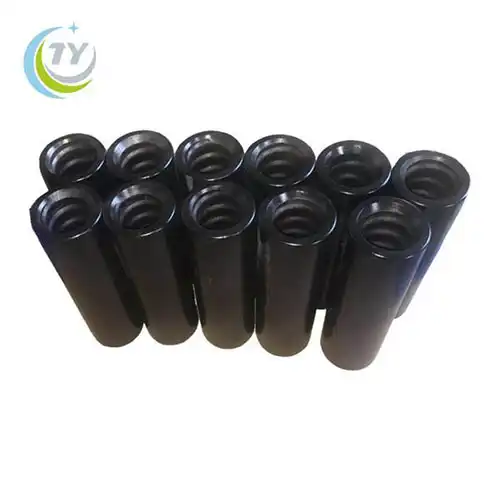content
Design of matrix and steel-body bits
Design characteristics and manufacturing processes for the two bit types are, in respect to body construction different, because of the nature of the materials from which they are made. The lower impact toughness of matrix limits some matrix-bit features, such as blade height. Conversely, steel is ductile, tough, and capable of withstanding greater impact loads. This makes it possible for steel-body PDC bits to be relatively larger than matrix bits and to incorporate greater height into features such as blades.
Advantage of matrix-body PDC bits
Matrix-body PDC bits are commonly preferred over steel-body bits for environments in which body erosion is likely to cause a bit to fail. For diamond-impregnated bits, only matrix-body construction can be used.
Advantage of steel-body PDC bits
The strength and ductility of steel give steel-bit bodies high resistance to impact loading. Steel bodies are considerably stronger than matrix bodies. Because of steel material capabilities, complex bit profiles and hydraulic designs are possible and relatively easy to construct on a multi-axis, computer-numerically-controlled milling machine. A beneficial feature of steel bits is that they can easily be rebuilt a number of times because worn or damaged cutters can be replaced rather easily. This is a particular advantage for operators in low-cost drilling environments.
Development of PDC bits
Fortunately, both steels and matrix are rapidly evolving, and their limitations are diminishing. As hard-facing materials improve, steel bits are becoming extremely well protected with materials that are highly resistant to abrasion and erosion. At the same time, the structural and wear-resisting properties of matrix materials are also rapidly improving, and the range of economic applications suitable for both types is growing.
Today’s matrix has little resemblance to that of even a few years ago. Tensile strengths and impact resistance have increased by at least 33%, and cutter braze strength has increased by ≈80%. At the same time, geometries and the technology of supporting structures have improved, resulting in strong, productive matrix products.




